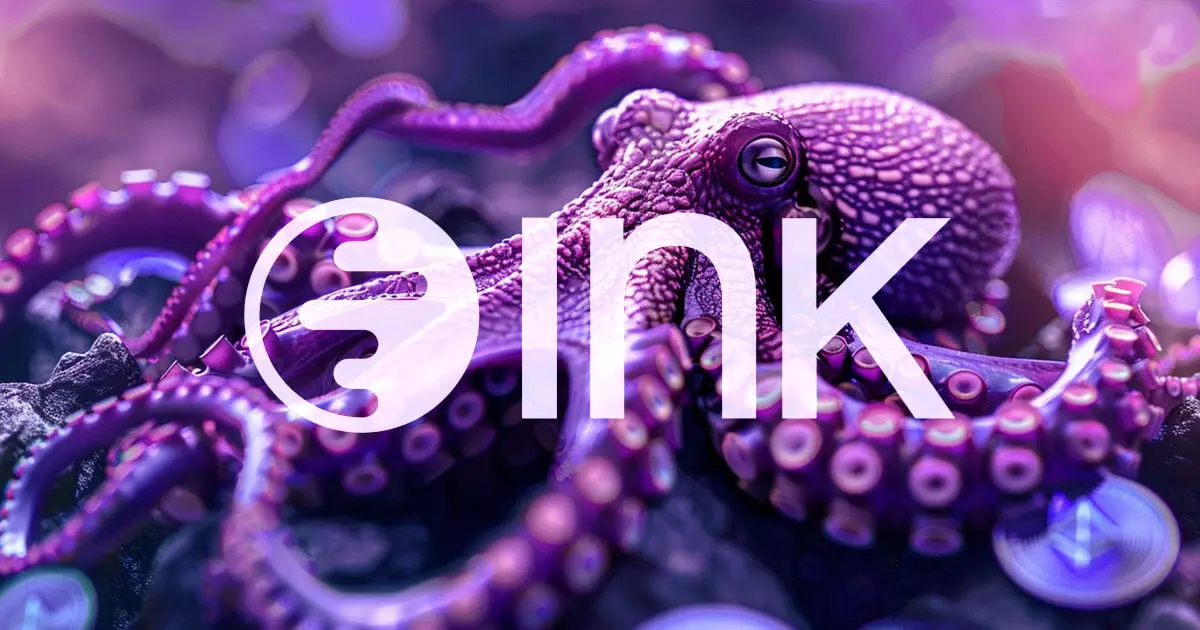On October 24, Kraken, one of the leading cryptocurrency exchanges, made headlines with its announcement of Ink, a groundbreaking Ethereum layer-2 network built atop the Optimism Superchain. This initiative represents Kraken’s strategic pivot from its traditional centralized exchange framework towards a model that reinforces decentralization in trading, lending, and borrowing. The ambition behind Ink is to enable users to engage in transactions without the reliance on intermediaries, effectively democratizing finance for a broader user base. Andrew Koller, the founder of Ink, expressed enthusiasm about the project’s potential by stating that Ink aims to cultivate a vibrant ecosystem through active collaboration with developers and the community.
The ambitious project is set to introduce its testnet aimed at developers by the end of this year, with a full public launch projected for the first quarter of 2025. This timeline reflects Kraken’s commitment to ensuring a comprehensive and polished platform before reaching the retail and institutional markets. Furthermore, Kraken’s decision to harness Optimism’s Superchain technology underscores its intention to leverage Ethereum’s formidable security framework, which is critical for fostering user trust in decentralized finance (DeFi) operations. As a participant in the Superchain, Ink not only aligns with the vision of seamless interoperability among blockchains but also stands to influence governance and reinforce core values intended to bolster Ethereum’s scalability.
Kraken’s foray into layer-2 solutions is increasingly emblematic of a broader industry trend, with several key players like Coinbase and Uniswap also investing in similar technologies. This movement signals a greater collective effort to optimize DeFi experiences, addressing the often-encountered limitations of Ethereum’s main chain, such as high gas fees and network congestion. Ryan Wyatt, Chief Growth Officer at Optimism Unlimited, noted that nearly half of all Ethereum layer-2 transactions are powered by Optimism, which solidifies the strategic timing of Kraken’s Ink launch within the ecosystem.
Despite the promising advancements, it’s notable that Arbitrum continues to hold the title of the most dominant layer-2 network according to data from DeFillama. This competition intensifies the landscape that Ink must navigate as it rolls out its features. The launch of Ink complements Kraken’s broader suite of financial products. Recently, the exchange introduced kBTC, a wrapped Bitcoin offering designed to enhance accessibility within DeFi transactions, and has also expanded its capabilities by integrating EigenLayer, allowing users to restake their ETH directly via the platform. Additionally, Kraken has ventured into derivatives trading in Bermuda, following a significant regulatory milestone with its Class F Digital Business License from the Bermuda Monetary Authority.
As Kraken steps into this innovative dimension with Ink, it’s clear that the exchange is not just adapting to the evolving financial landscape but actively shaping it. The strategic partnerships and technological implementations signify a forward-looking approach that prioritizes user empowerment and security in financial transactions. With the anticipated launch of Ink, Kraken is set to redefine the experience of engaging with decentralized finance, instilling a new measure of optimism in the crypto community.



















Leave a Reply